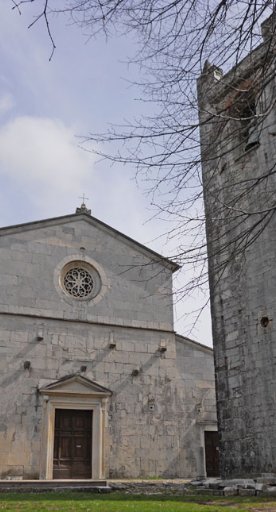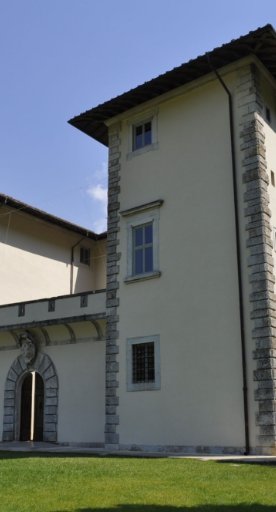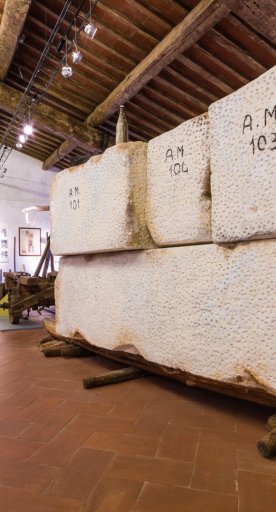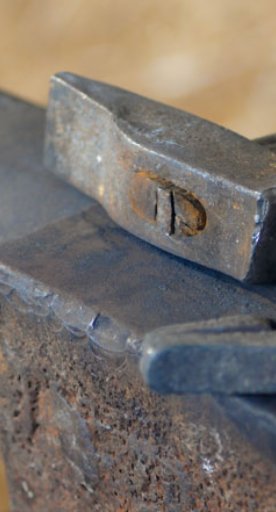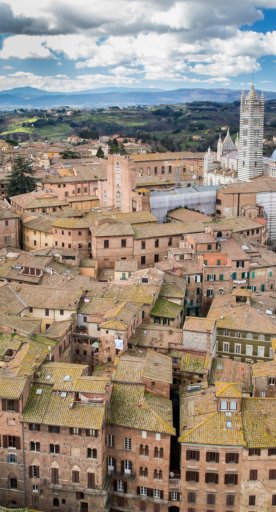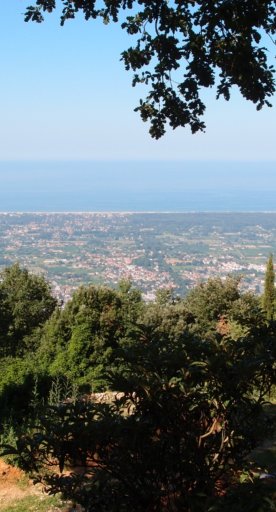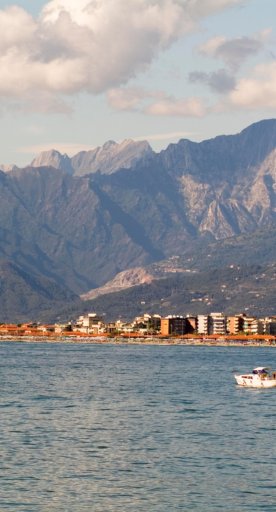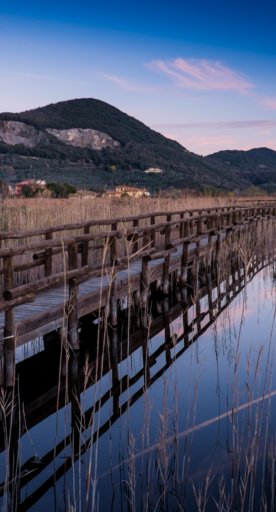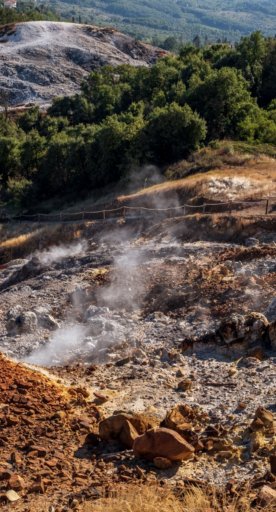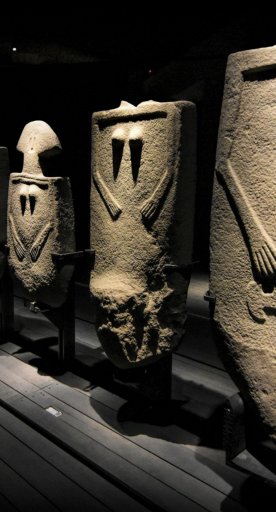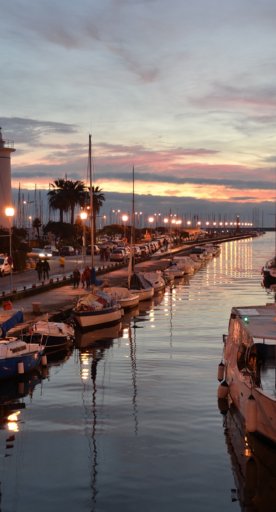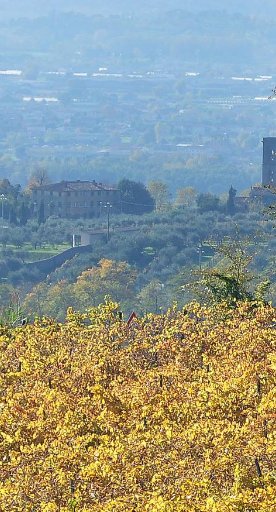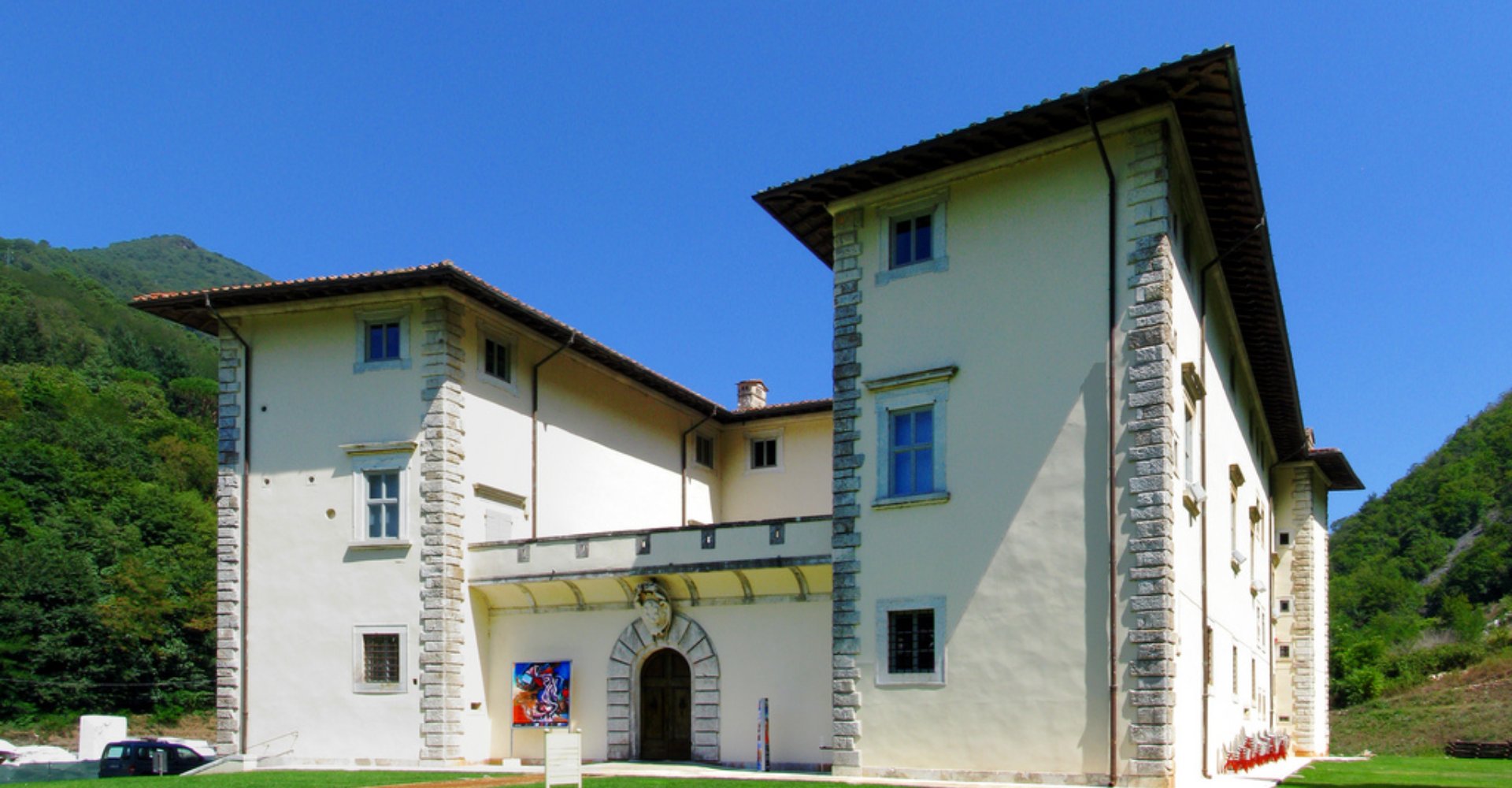
Seravezza
Between Michelangelo’s beloved quarries and the gateway to the Apuan Alps
Follow the Versilia River to discover the two torrents that give it life; explore the region from the inside out, an area known for both for its sea and majestic mountains; discover hamlets embedded in lush forests and marked by the savory tastes of local cuisine.
All this you can enjoy in beautiful Seravezza, a town nestled between age-old marble quarries and wooded mountains. This striking scenery is radically different from the landscape decking the coastline.
What to see in Seravezza and surroundings
Seravezza attracts tourists thanks to its surrounding woodland and its strategic position, making it the real entryway to the Apuan Alps Park (on the Versilia side). Marked by the merging of the Serra and Vezza torrents, the town features the very spot in which the Versilia River is formed. The town centre is a delightful area for strolling around, with the scenery highlighted by imposing mountains and tangled woods stretching throughout Versilia.
Never lacking in historic flair, the old city centre once hosted members of the Medici family, Cosimo I and his successors Francesco I and Ferdinand I.
The monument of greatest impact is undoubtedly the splendid Palazzo Mediceo, built at the request of Cosimo I De 'Medici and a UNESCO World Heritage Site. The building was completed in 1565, and is now the seat of the Museum of Labor and Popular Traditions of Historical Versilia, exhibiting the typical productive activities of the territory in the Medici era.
And that’s not all: art-history lovers of every kind should check out Michelangelo’s favorite marble quarries, the spots responsible for providing marble blocks for many of his works. Though no longer active, the quarries are open to visitors.
Trekking lovers can venture along the path that leads from Seravezza to Monte Folgorito. Here, you can see the remains of the military posts and trenches of the Gothic Line, part of the German fortification system built during the Second World War.
Seravezza attracts tourists thanks to its surrounding woodland and its strategic position, making it the real entryway to the Apuan Alps Park (on the Versilia side). Marked by the merging of the Serra and Vezza torrents, the town features the very spot in which the Versilia River is formed. The town centre is a delightful area for strolling around, with the scenery highlighted by imposing mountains and tangled woods stretching throughout Versilia.
Never lacking in historic flair, the old city centre once hosted members of the Medici family, Cosimo I and his successors Francesco I and Ferdinand I.
The monument of greatest impact is undoubtedly the splendid Palazzo Mediceo, built at the request of Cosimo I De 'Medici and a UNESCO World Heritage Site. The building was completed in 1565, and is now the seat of the Museum of Labor and Popular Traditions of Historical Versilia, exhibiting the typical productive activities of the territory in the Medici era.
And that’s not all: art-history lovers of every kind should check out Michelangelo’s favorite marble quarries, the spots responsible for providing marble blocks for many of his works. Though no longer active, the quarries are open to visitors.
Trekking lovers can venture along the path that leads from Seravezza to Monte Folgorito. Here, you can see the remains of the military posts and trenches of the Gothic Line, part of the German fortification system built during the Second World War.
Events
There are many festivals - religious and not only - that are held in Seravezza and its villages, occasions which have always attracted visitors, both from Tuscany and Liguria.
On the first Sunday of May, the Palio dei Micci is held in the village of Querceta, a competition between donkeys and jockeys from the eight districts of the town preceded by a historical re-enactment in medieval costumes.
Olive oil is the main product of Enolia, a large foodie village that enlivens the magnificent Medici area of Seravezza in April.
The so-called Fiera del Nove takes place in the first week of September, whose name derives from the fact that the date of the event coincides with the ninth day of the month, with tastings of typical local products.
There are many festivals - religious and not only - that are held in Seravezza and its villages, occasions which have always attracted visitors, both from Tuscany and Liguria.
On the first Sunday of May, the Palio dei Micci is held in the village of Querceta, a competition between donkeys and jockeys from the eight districts of the town preceded by a historical re-enactment in medieval costumes.
Olive oil is the main product of Enolia, a large foodie village that enlivens the magnificent Medici area of Seravezza in April.
The so-called Fiera del Nove takes place in the first week of September, whose name derives from the fact that the date of the event coincides with the ninth day of the month, with tastings of typical local products.
Typical Products
Querceta olive oil, one of the Slow Food presidia in Tuscany, is one of the main typical local products. This fruity oil is light on the palate and has a strong aroma with a centuries-old tradition linked to the extraction system and the particularity of the native cultivar (Quercetano olive tree) of Seravezza.
Querceta olive oil, one of the Slow Food presidia in Tuscany, is one of the main typical local products. This fruity oil is light on the palate and has a strong aroma with a centuries-old tradition linked to the extraction system and the particularity of the native cultivar (Quercetano olive tree) of Seravezza.
